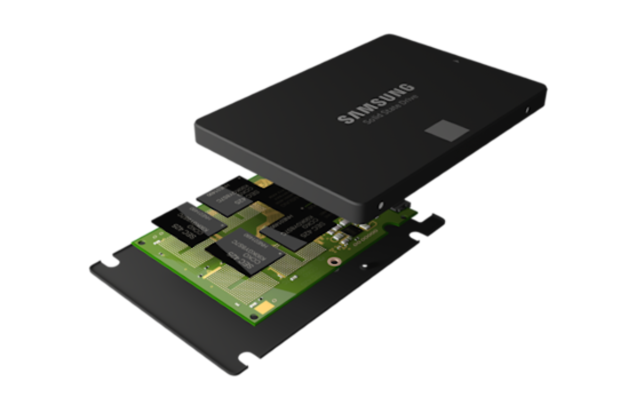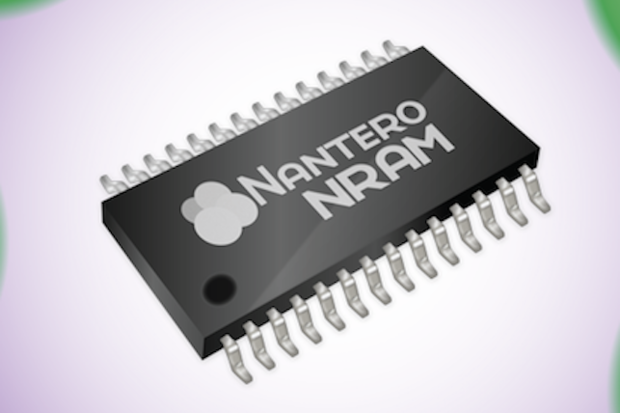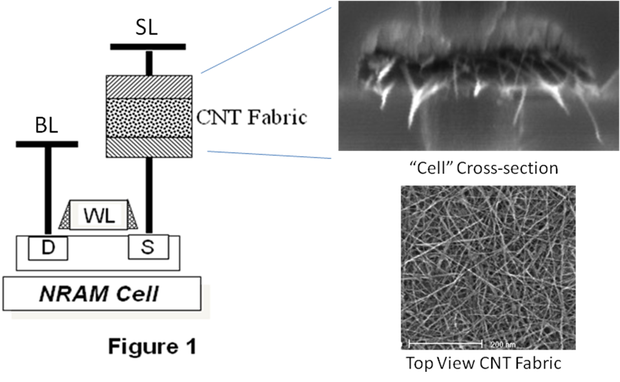Etisalat Free Browsing and Downloading Unlimited With Simple Server (PC, Android & Symbian USERS) 2015
No much waste of time, etisalat is crazily rocking on
simple server… I know etisalat tweak doesn’t last but this one has been
rocking since yesterday. Atleast with this, you can download whatever
you want or can think before it will be hijacked by uncoded eti staffs.
But might be very slow in surfing; but best in downloading. Just edit
your simple server to what is below.
How To Setup Simple server For PC Users
L H O S T = ' 1 2 7 . 0 . 0 . 1 '
I M E T H O D = 1
I S P L I T = 0
R H T T P = 0
T I M E O U T = 6 0
P H O S T = ' 1 9 4 . 1 7 0 . 1 8 7 . 9 '
R Q U E R Y = ' '
R P A T H = 0
P T Y P E = 0
K E E P = ' '
B Q U E R Y = ' '
MQ U E R Y = ' '
R H T T P S = 1
P P O R T = 8 0
L P O R T = 8 0 8 0
V A L H D R 1 = ' '
V A L H D R 2 = ' '
V A L H D R 3 = ' '
I Q U E R Y = ' www . e t i s a l a t . c om . n g '
A DMO D E = 0
C Q U E R Y = ' '
C U S H D R 2 = ' '
C U S H D R 3 = ' '
C U S H D R 1 = ' '
I L I N E = 0
F Q U E R Y = ' '
S B U F F = 1 0 2 4
R P O R T = 0
How To setup Simple server For Android & Symbian phone Users
Access Point :- Default
Local Host :- 127.0.0.1
Local Port :- 8080
HTTP Query :-
Front Query : Non
Middle Query : None
Back Query : None
Reverse Query : None
Inject Query : www.etisalat.com.ng
Inject Method : HEAD
Inject Newline : \r\n
Inject Splitline : Default
HTTP Header :-
Custom Header 1 : Host
Header Value 1 : music.vodafone.com.tr Custom Header 2 : None
Header Value 2 : None
Custom Header 3 : None
Header Value 3 : None
Custom Header 4 : None
Header Value 4 : None
Proxy Host :- ' 194.170.187.9 '
Proxy Port : - 80
Then the Set IP and port for PC ,andriod & symbian to :
Ip:127.0.0.1
port: 8080
Mind you, this is not a bb plan, it doesn’t require any airtime or mb.. just Connect, surf and keep downloading until you are tired of downloading.
I M E T H O D = 1
I S P L I T = 0
R H T T P = 0
T I M E O U T = 6 0
P H O S T = ' 1 9 4 . 1 7 0 . 1 8 7 . 9 '
R Q U E R Y = ' '
R P A T H = 0
P T Y P E = 0
K E E P = ' '
B Q U E R Y = ' '
MQ U E R Y = ' '
R H T T P S = 1
P P O R T = 8 0
L P O R T = 8 0 8 0
V A L H D R 1 = ' '
V A L H D R 2 = ' '
V A L H D R 3 = ' '
I Q U E R Y = ' www . e t i s a l a t . c om . n g '
A DMO D E = 0
C Q U E R Y = ' '
C U S H D R 2 = ' '
C U S H D R 3 = ' '
C U S H D R 1 = ' '
I L I N E = 0
F Q U E R Y = ' '
S B U F F = 1 0 2 4
R P O R T = 0
How To setup Simple server For Android & Symbian phone Users
Access Point :- Default
Local Host :- 127.0.0.1
Local Port :- 8080
HTTP Query :-
Front Query : Non
Middle Query : None
Back Query : None
Reverse Query : None
Inject Query : www.etisalat.com.ng
Inject Method : HEAD
Inject Newline : \r\n
Inject Splitline : Default
HTTP Header :-
Custom Header 1 : Host
Header Value 1 : music.vodafone.com.tr Custom Header 2 : None
Header Value 2 : None
Custom Header 3 : None
Header Value 3 : None
Custom Header 4 : None
Header Value 4 : None
Proxy Host :- ' 194.170.187.9 '
Proxy Port : - 80
Then the Set IP and port for PC ,andriod & symbian to :
Ip:127.0.0.1
port: 8080
Mind you, this is not a bb plan, it doesn’t require any airtime or mb.. just Connect, surf and keep downloading until you are tired of downloading.
DOWNLOAD ETISALAT SIMPLE SERVER HERE FOR PC
Download Simple Server For Symbian Users
Android user Download Simple Server here
Download Simple Server For Symbian Users
Android user Download Simple Server here
You can also comment and share to your friends,
Is work perfectly and like jet speed incase if you have a problem or confuse during configure it on your PC.
You can contact me or find me via +2348094994773 ...
Enjoy the downloading speed....
Is work perfectly and like jet speed incase if you have a problem or confuse during configure it on your PC.
You can contact me or find me via +2348094994773 ...
Enjoy the downloading speed....






 Nantero
Nantero 

 Nantero
Nantero